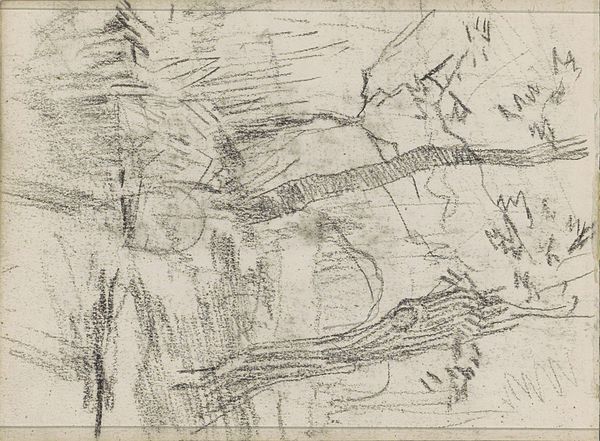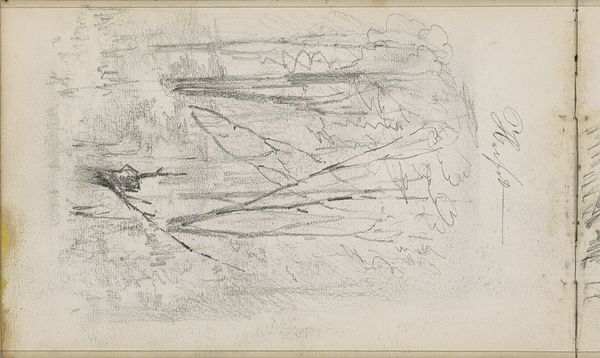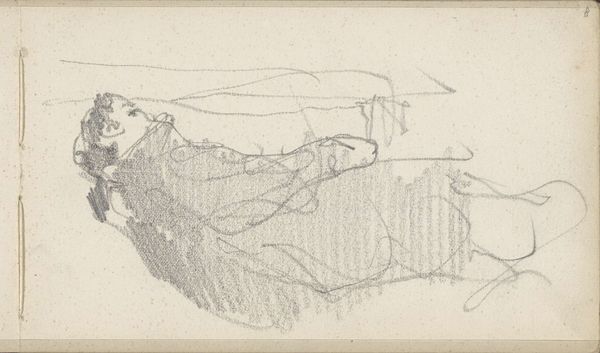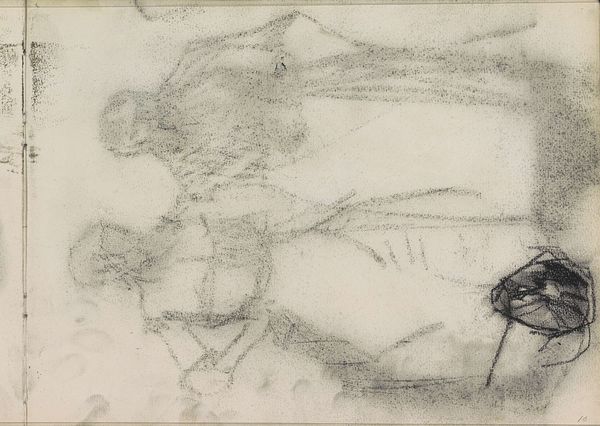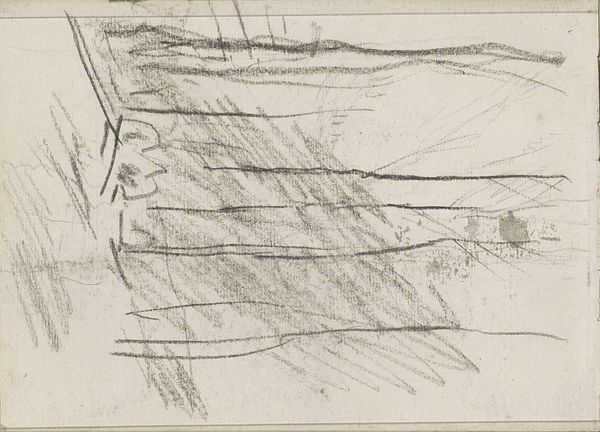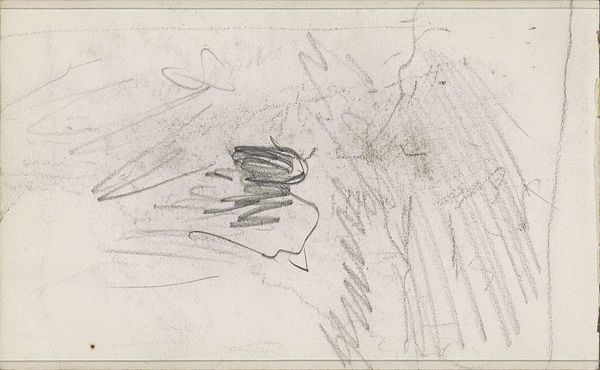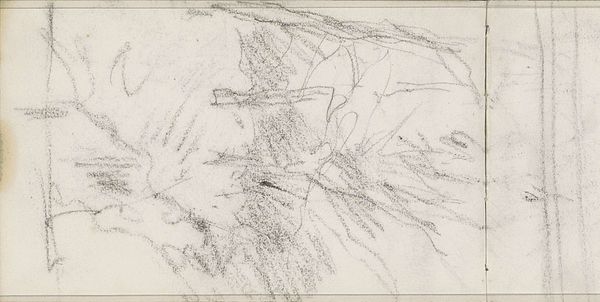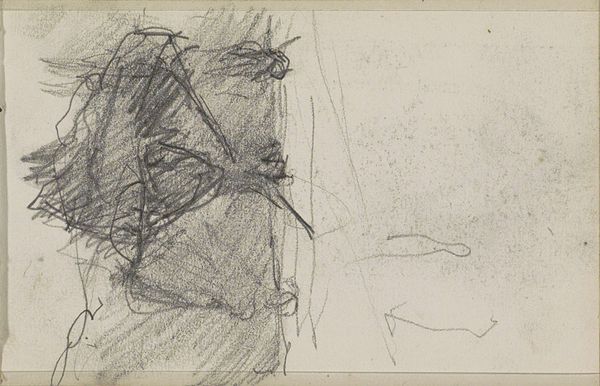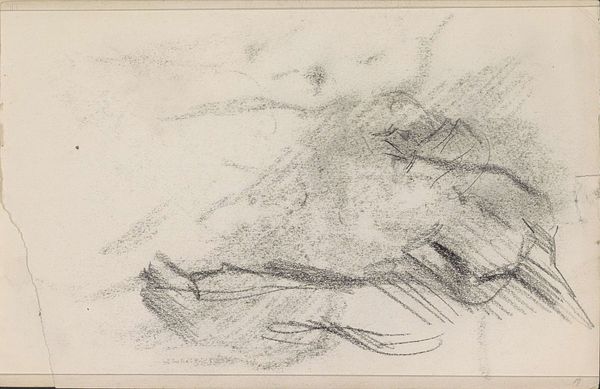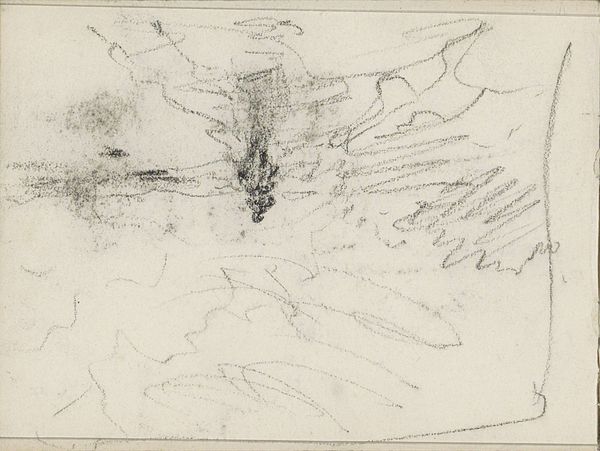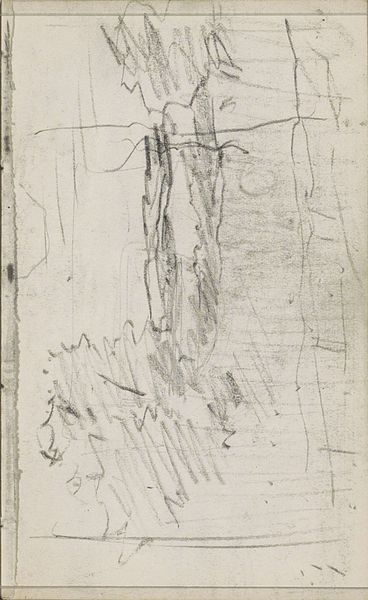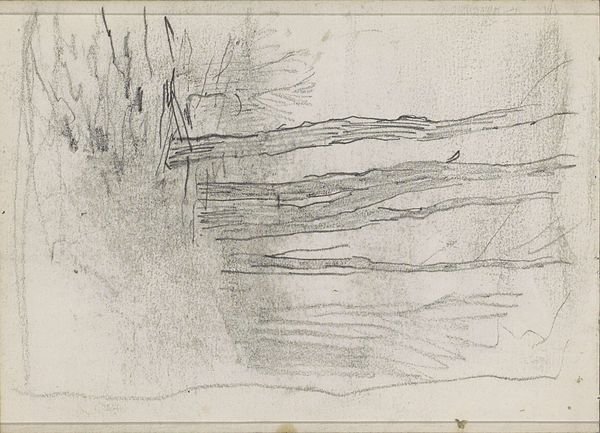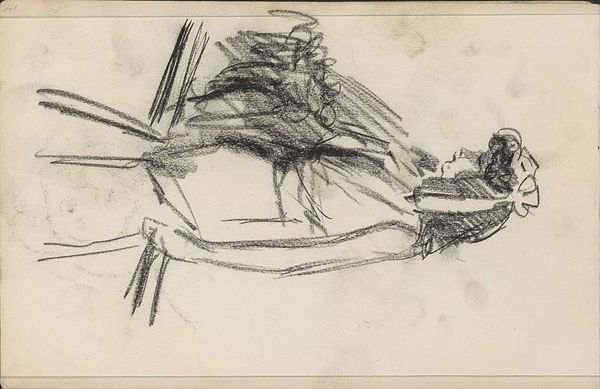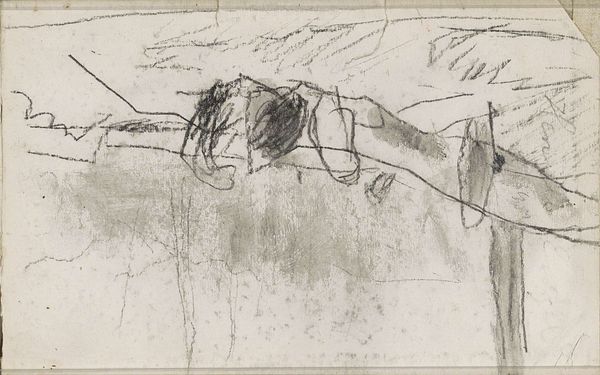
drawing, pencil
#
drawing
#
pencil sketch
#
landscape
#
pencil
#
realism
Copyright: Rijks Museum: Open Domain
Curator: We’re looking at “Knotwilgen,” a pencil drawing by Anton Mauve, dating roughly between 1848 and 1888. It’s currently held here at the Rijksmuseum. Editor: My first impression is bleak, almost desolate. The stark contrast of the dark pencil strokes against the light paper evokes a sense of barrenness. It’s interesting, but sad. Curator: Mauve was deeply invested in representing the rural labor of the Dutch landscape. His emphasis on sketches such as this reveal the foundational role of drawing as it helped determine his mastery of depicting tone and form. We should be aware that he was a key influence on Van Gogh and this is palpable. Editor: And I wonder about the socio-economic context during the late 19th century, the agricultural shifts impacting rural communities, and how that informed Mauve's artistic choices. Was he romanticizing this difficult way of life? I also consider the very male-centric nature of landscape painting historically. Were women present in these spaces, even if they aren't rendered? Curator: Well, consider the materiality here. It is just pencil and paper. He wasn't reliant on costly materials. He was able to generate studies that are deeply entrenched in working-class aesthetics. He was a master of observation and creating sketches. The marks build texture in the branches while indicating an interest in creating work about laborers. Editor: This sketch's seeming simplicity really speaks to the lives uprooted by industrialization at the time and how their histories of exploitation must be brought to the surface. It offers insight into an era undergoing massive societal shifts. Landscape paintings are a powerful cultural signifier because, intentionally or not, the are a register for cultural meaning that reflect back how we read the land itself. Curator: I agree, landscape holds multiple layers of meaning, and can never be read outside social context, while being aware of how they were made. It’s easy to see the rough marks in the branches but we have to remember the materiality and context from which these images arise. Editor: Ultimately, these sketches highlight the complexities of representation, challenging us to look critically at not just the surface image, but the social fabric woven into its creation. Thank you, I was ready to disregard a humble landscape drawing as uninteresting. Curator: Indeed. Examining the work through both the lens of materials and context can give us more perspective on Mauve's methods and artistic concerns in that period.
Comments
No comments
Be the first to comment and join the conversation on the ultimate creative platform.
